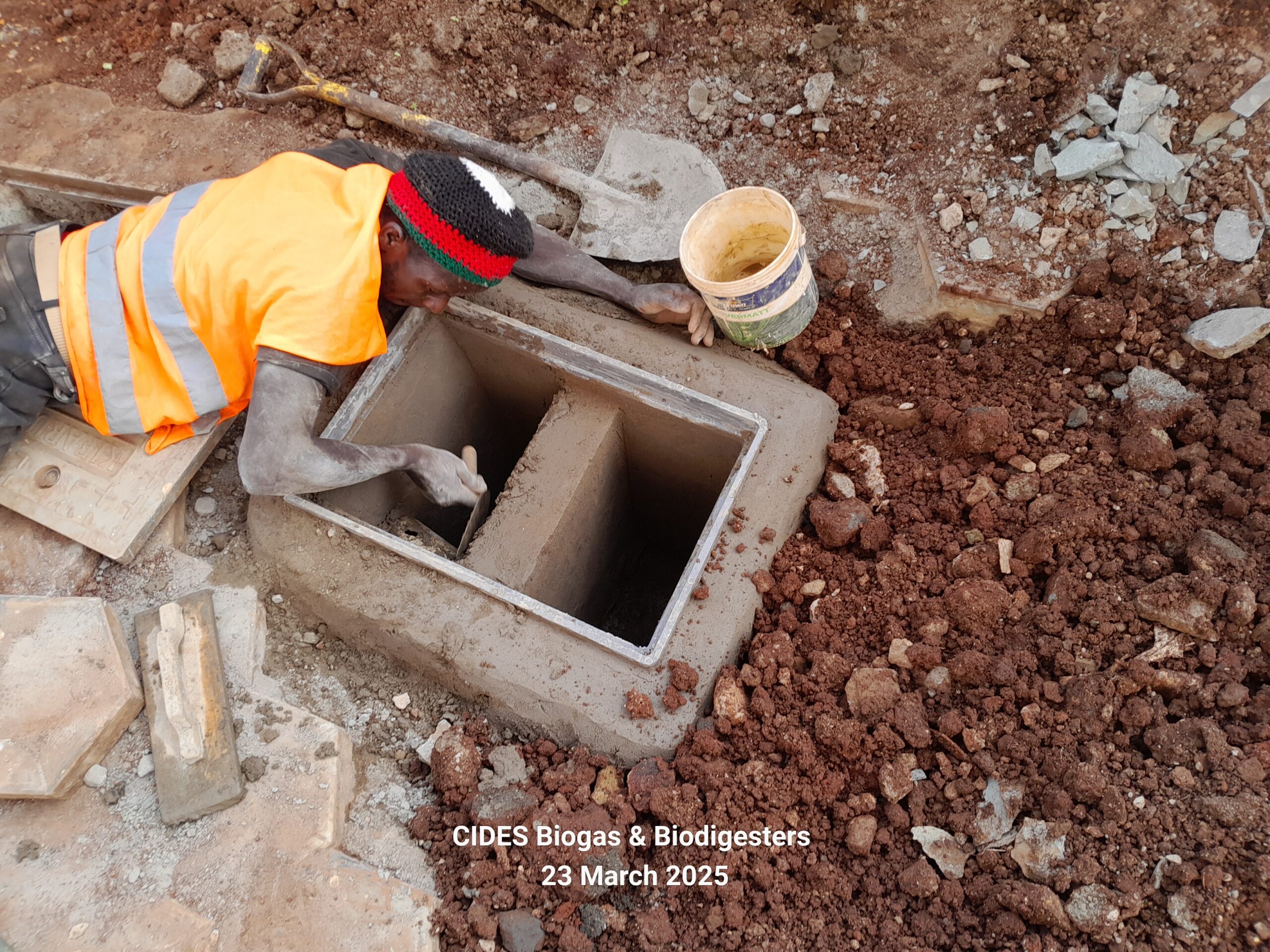In many, compounds, traditional septic tanks have long been a burden. Overflow problems, foul smells, frequent exhauster calls, high costs, and water that goes to waste rather than being reused are common. For many households, the cost of maintaining septic systems eats into limited incomes, and the surroundings suffer from sanitation issues.
Most households faces:
Constant expense on exhauster services (often in thousands every few months).
Odors and hygiene concerns that affected quality of life.
Wasted wastewater that could have irrigated gardens or trees.
Sanitation systems that were bulky, expensive, hard to maintain, and often mismanaged.
Compact Bioseptic System Deployment
On approaching CIDESgreen for a better solution our team:
Conducts site and soil surveys to assess drainage and space.
Designs a bioseptic system that biologically treats waste using enzymes, reducing smell, eliminating frequent exhausters, and producing clean, reusable water.
Builts a compact biodigester chamber, connects kitchen and toilet wastewater to it, and installs soak-away pits/outlets.
Trains the household members on applying biological starter enzymes, maintaining flow, and using treated water safely.
Implementation Process
Day 1–2: Site evaluation, chamber design optimized for space.
Day 3–6: Construction of biodigester, plumbing, soak-away pits.
Day 7: Testing, enzyme application, safety checks.
Day 8: Training (household-day maintenance routines, safe reuse of water).
Results & Measurable Impact
Cost Savings: Exhauster services eliminated—saving households tens of thousands of KSh per year.
Health & Hygiene: Odors eliminated; compounds cleaned up; fewer insect pests.
Resource Reuse: Treated water reused for irrigating gardens, fruit trees, lawns, reducing water bills and boosting greenery.
Space Efficiency: Compact design fits in small plots; minimal footprint.
Emotional Relief: Families report pride in their gardens, comfort in clean surroundings, dignity in a system that works reliably.
The relief is real—financially and personally.
Investing in bioseptic systems isn’t just sanitation—it’s matched gains in health, environment, water security, and household savings. It’s scalable in densely populated zones where traditional septic systems are impractical. And the model shows strong ROI in wellbeing, maintenance cost reduction, and environmental protection.

